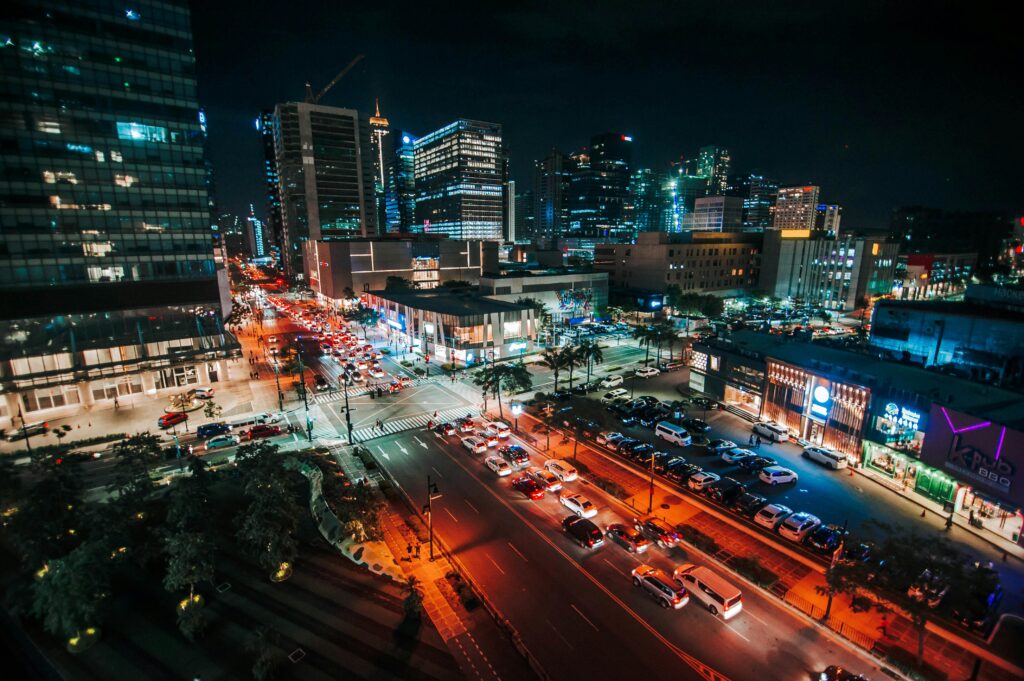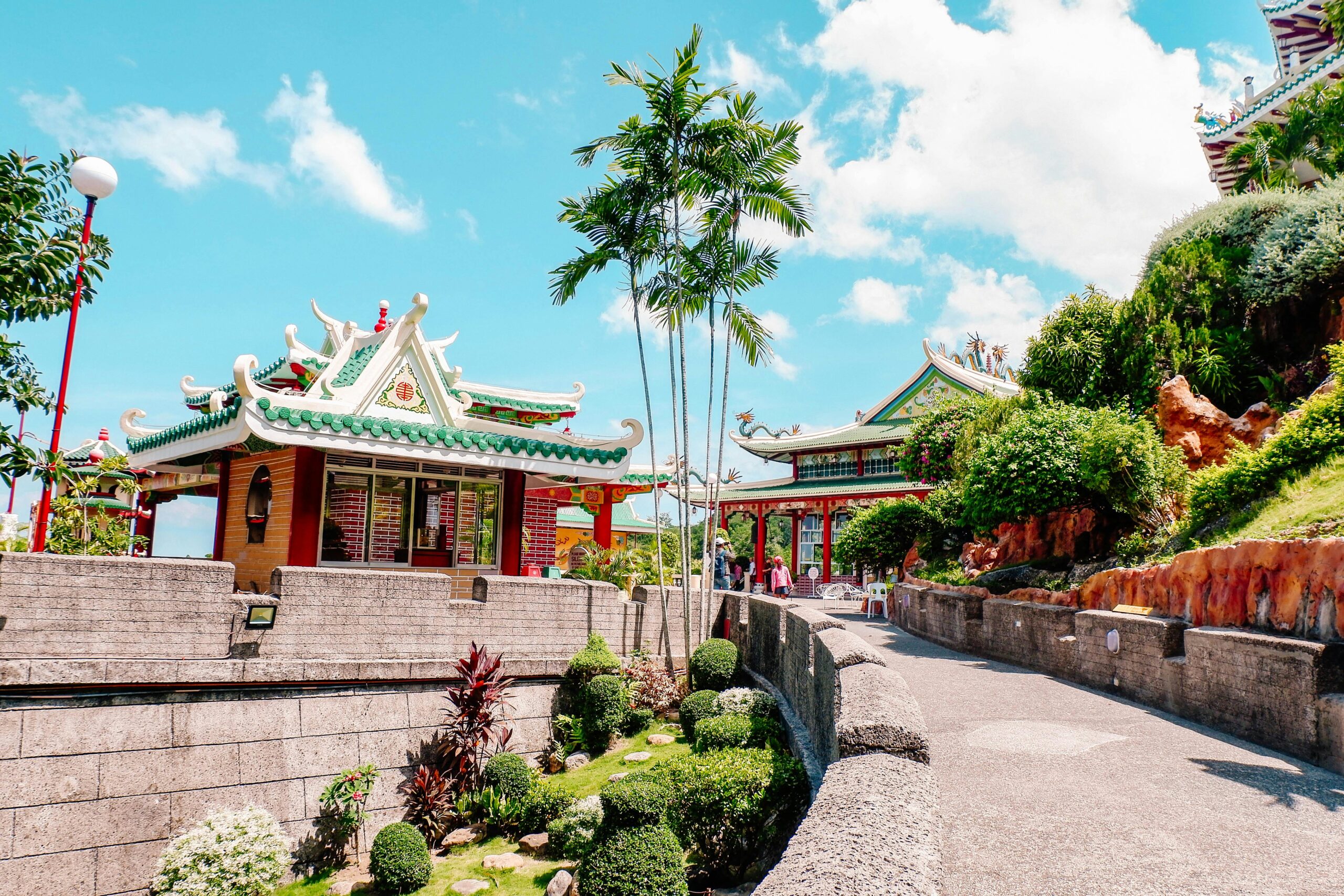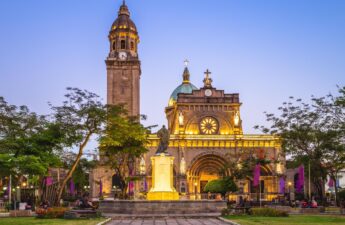With over 7,000 islands dotted with stunning landscapes, the Philippines offers natural scenery, rich cultural traditions, and warm hospitality. As an English-speaking traveler on a two-week backpacking adventure, the Lingvanex translator proved invaluable for communicating with locals in cities, remote villages, and on pristine beaches. I gained many memorable insights into this diverse archipelago.
Transportation: Navigating Between Islands
The Philippines’ islands are spread out, so transportation planning is key. I flew into Manila, the sprawling capital with over 12 million people. Then I mapped out a route using ferries to hop between islands. A helpful app showed ferry schedules and pricing in advance for planning. The sea journeys were long yet scenic, and a great chance to chat with fellow passengers. At each new destination, I relied on the Grab taxi app for affordable rides to get around cities and towns. For longer stays in more remote areas, I rented a motorbike which gave me freedom to explore smaller villages and secluded beaches at my own pace.
Metro Manila: A City of Contrasts
Manila encompasses extreme poverty and prosperity side-by-side. Gleaming high-rise office towers and luxury hotels tower over cramped tin-roof slum neighborhoods. I watched locals commuting in colorful jeepneys, flamboyantly decorated repurposed military jeeps left over from World War II. To escape the traffic and city bustle, I traveled to Quiapo Church, a tranquil oasis amid the urban chaos. At busy night markets, I used my translation app to haggle for souvenirs like woven baskets and tropical fruit. I also enjoyed tasty street food for sale like chicken adobo skewers and huge sweet mangoes.

Northern Luzon: Banaue Rice Terraces
I flew north to see the Cordillera region’s stunning mountain vistas. Carved by hand into the mountains, the sprawling ancient Banaue rice terraces demonstrate incredible engineering and dedication. These irrigation systems built by Ifugao ancestors over 2,000 years ago are still farmed today. I stayed in simple local guesthouses and hiked through breathtaking scenery. Though infrastructure was quite basic and amenities few, locals generously shared their indigenous culture with me. My translation app helped me learn some Igorot terms and phrases to discuss weaving, hunting, music, and rice cultivation traditions.
Cebu & the Visayas: Mix of Old and New
These central islands entice visitors with palm-fringed white sand beaches and historic colonial landmarks. In Cebu City, I saw Magellan’s Cross, planted here signifying the Portuguese explorer’s arrival in 1521. Nearby street food stalls served up delicious local specialties like lechón – savory suckling pig belly roasted to crispy perfection. After sightseeing, I escaped to the tropical island of Malapascua, known for its world-class diving, crystal clear waters, and stunning sunsets. I used my app to talk with local fishermen about their livelihoods and way of life.
Palawan: Philippines’ Last Frontier
This remote western frontier region feels worlds away, with its otherworldly lagoons, lush jungle landscapes, and magical sunsets. I flew to Puerto Princesa on Palawan Island to explore the 11-kilometer-long underground river flowing through a cave system with spectacular limestone formations. I took a bangka boat to island-hop around stunning El Nido, where I kayaked through hidden forest-enclosed lagoons surrounded by sheer karst cliffs. With the help of my app, I could translate English to Tagalog and it let me chat with friendly tricycle drivers about where to find secluded waterfalls and quiet beaches around the area. At night, locals taught me their traditional dances around festive beach bonfires under the stars.
From bustling capital to remote villages, I discovered firsthand why the Philippines rewards visitors with such incredibly diverse natural splendor across its 7,000+ islands. Using my handy translation app unlocked meaningful conversations everywhere – whether bargaining at markets in Manila or learning cultural practices in Cordillera hill tribes. After two spectacular weeks immersed in the Philippines, I left with a much greater understanding and appreciation for the amazing diversity of its landscapes, people, languages, and traditions. This captivating country offers adventure, culture, and unparalleled hospitality if you take the time to stray beyond the beaches.




